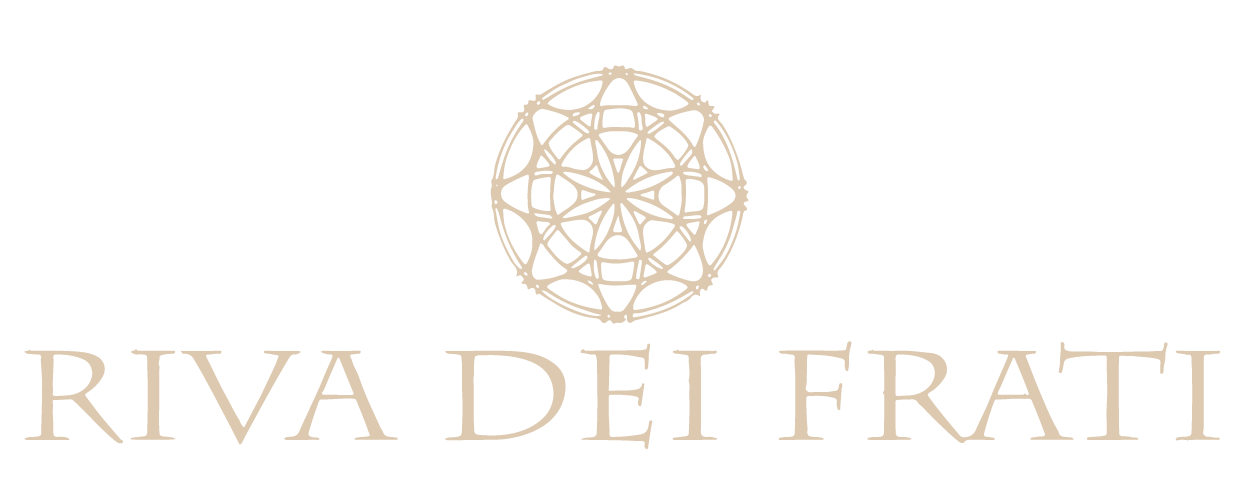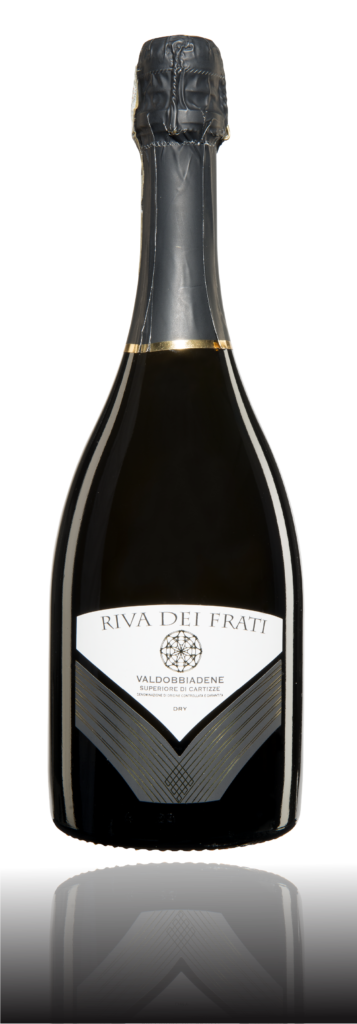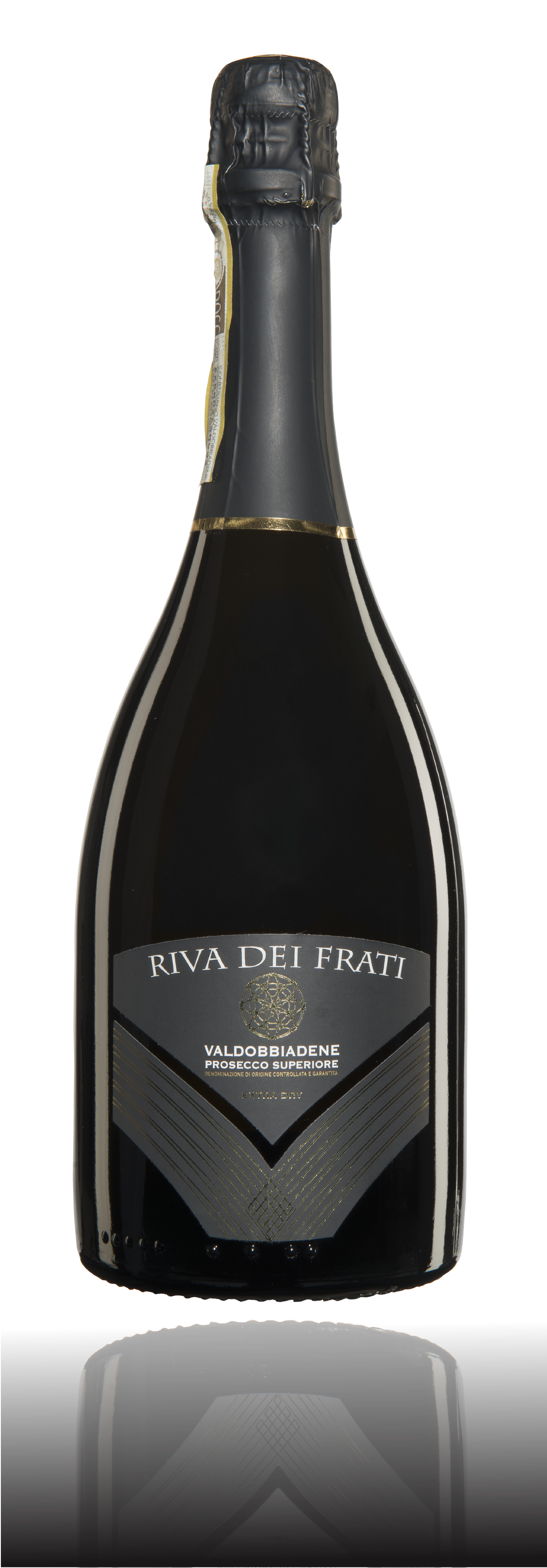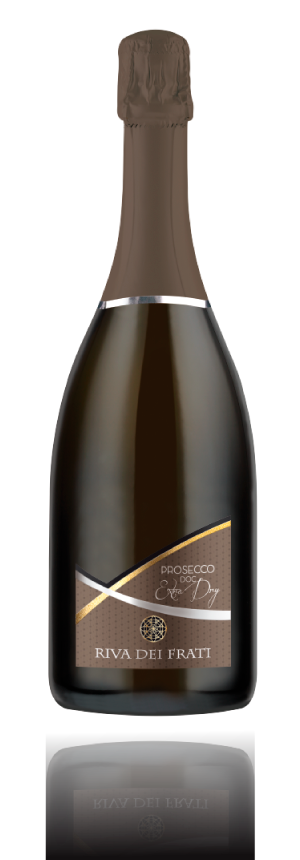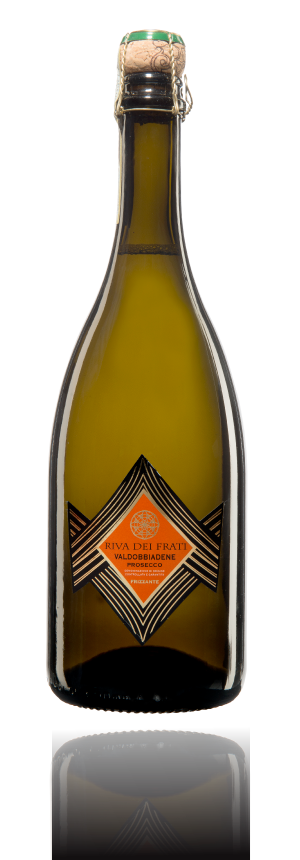V i n e y a r d s
Vineyards in the Prosecco Superiore area
Here we breathe history and legend, tradition and innovation.
Located in the hilly strip between Col San Martino and Santo Stefano di Valdobbiadene, the vineyards of Riva dei Frati still maintain the original conformation of the terraces and rows: it is here that the great and delicate work takes place, which is done exclusively by hand with an average of 800 hours per year per hectare and slopes that approach 20%.
Quality starts and is made in the first place from the vineyard: right from the planting of the vineyard with the choice of the location, the best rootstock and vine combinations, not forgetting the training system (double inverted). In addition, one of the most important factors for the enhancement of different environments is the preservation of biodiversity in the vineyard, which is embodied in the aspect of varietal and genetic improvement.
The ancient vineyards
In the heart of Valdobbiadene
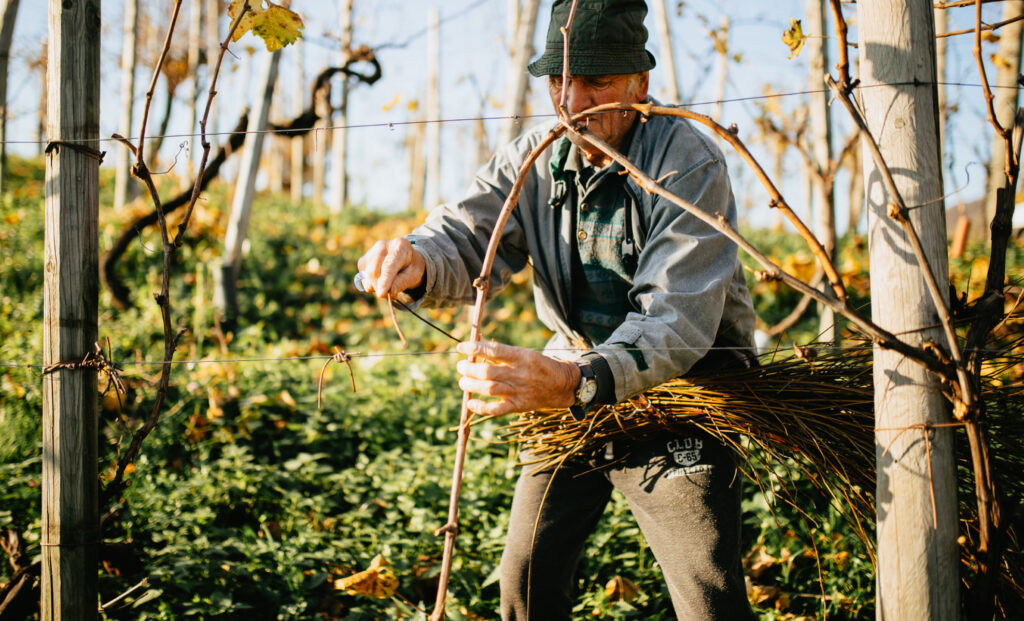
In the area of Cartizze and Col San Martino, we find the oldest vineyards of Riva dei Frati, in which the different terraces arranged in a radial pattern, reveal the unchanged morphology of the soil over time, as in the craftsmanship of the work that still relies to this day on the skilled hand of the winemakers. Keeping an ancient vineyard is indeed a practice and a choice that requires great care and meticulousness, in terms of agricultural and historical heritage, as a tangible sign of the tradition of the places, of the tenacity and perseverance proper to the heroic viticulture of these areas.
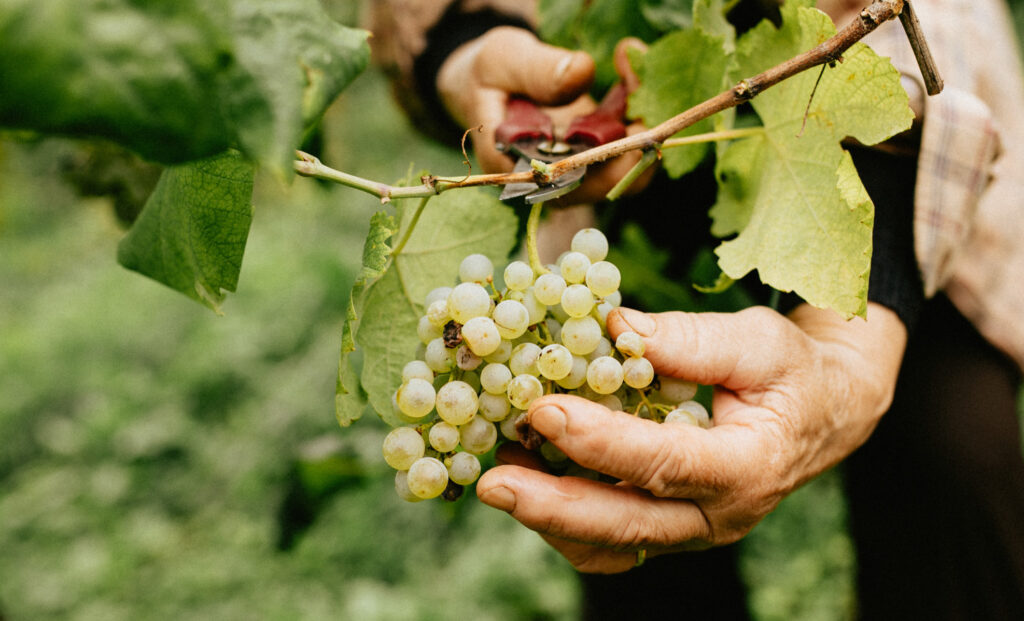
Work in the vineyard
The ‘union between man and nature
During the winter period, every year, shoots of old vines are harvested for the purpose of taking them to nurseries to make new rooted cuttings and keep the genetic heritage unchanged.
Also during the winter period, pruning is carried out, taking care to minimize large renewal cuts. In terms of the number of buds left per shoot, one adjusts the individual vine’s bud load according to the balance of the plant (weaker or stronger).
The most important interventions involve the soil to recreate ideal conditions for root system growth and on the plant to adjust the system and give it a more regular shape.
Fertilization is carried out at two times, one in late winter and one in spring for the purpose of supplying nutrients according to actual consumption and needs.
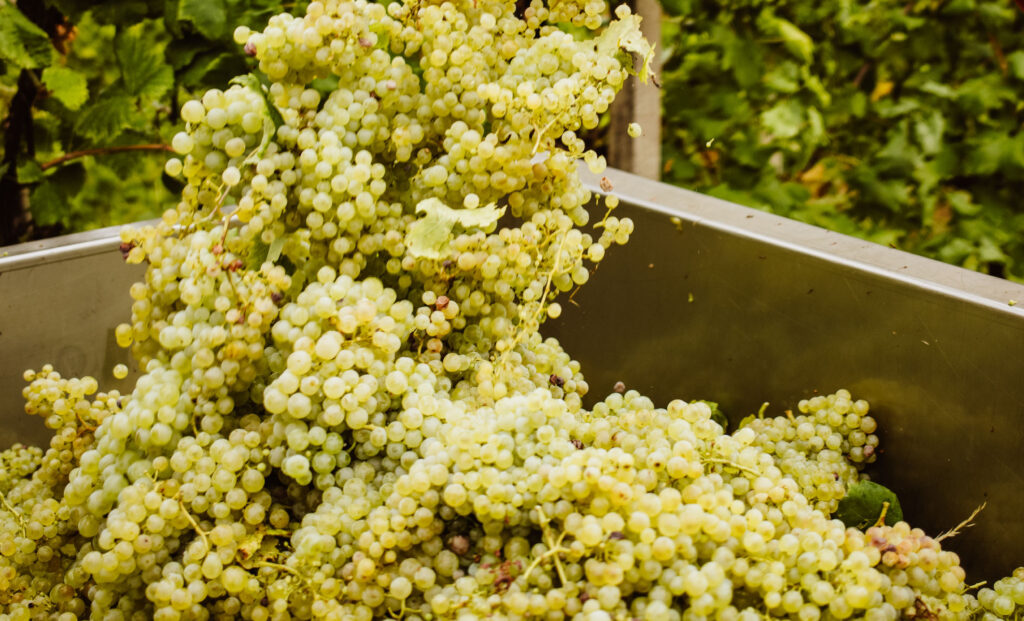
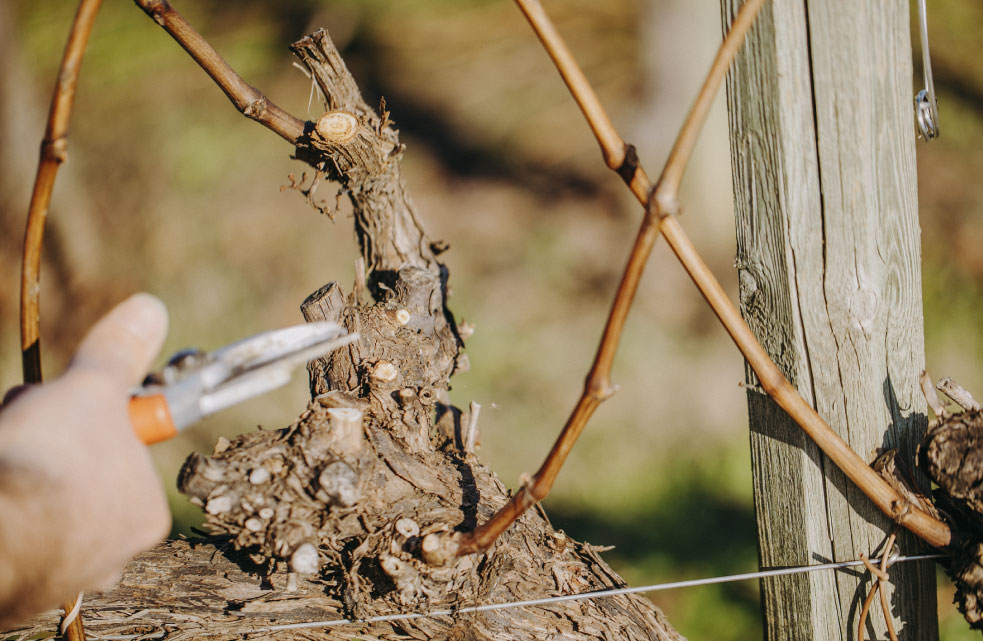
By doing so, one is able to maintain the vegetative-productive balance-the only real secret to keeping old vines healthy and rightly productive. From budding onward, canopy management plays an important role: suckering and thinning of shoots, trellising of main shoots, and post-flowering topping. This may lead to complete or partial replacement of wooden poles and supports, wires, or braces, resulting in a choice in aesthetic harmony with the surrounding landscape. This is followed by interventions that allow the vineyard to best express its characteristics and qualities. All operations aimed at reducing canopy crowding for a healthier plant. Summer interventions also greatly reduce winter pruning cuts and consequently the possibility of making large wounds.
On a weekly basis, the vineyards are followed up by monitoring disease trends and also vegetative growth in order possibly to be able to intervene in a timely manner before the plants become diseased or lose their vegetative-productive balance.
At these stages then, nutritional inputs, cultural operations, and anything else that may be needed to complete the plant’s annual cycle are decided.
VISIT OUR VINEYARDS
During the spring and summer months, we are pleased to welcome you to the vineyards of S.Stefano di Valdobbiadene to get up close and personal with the various stages of the delicate work that goes on among the steep slopes of Prosecco Superiore.
